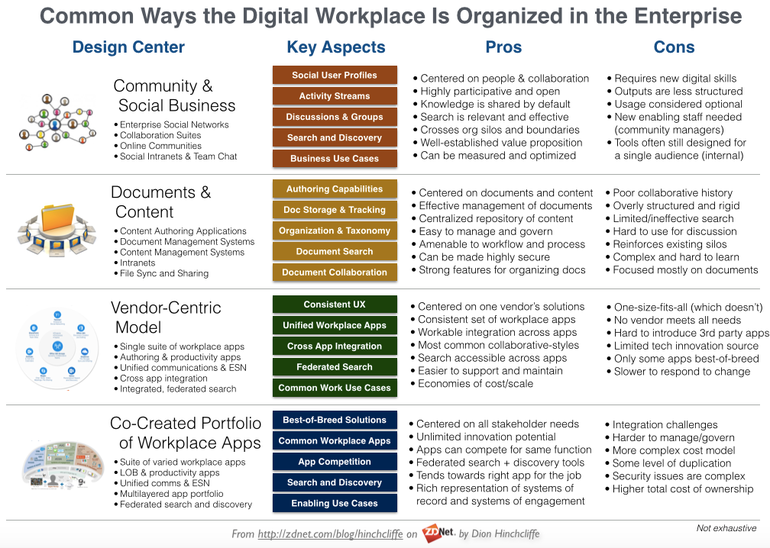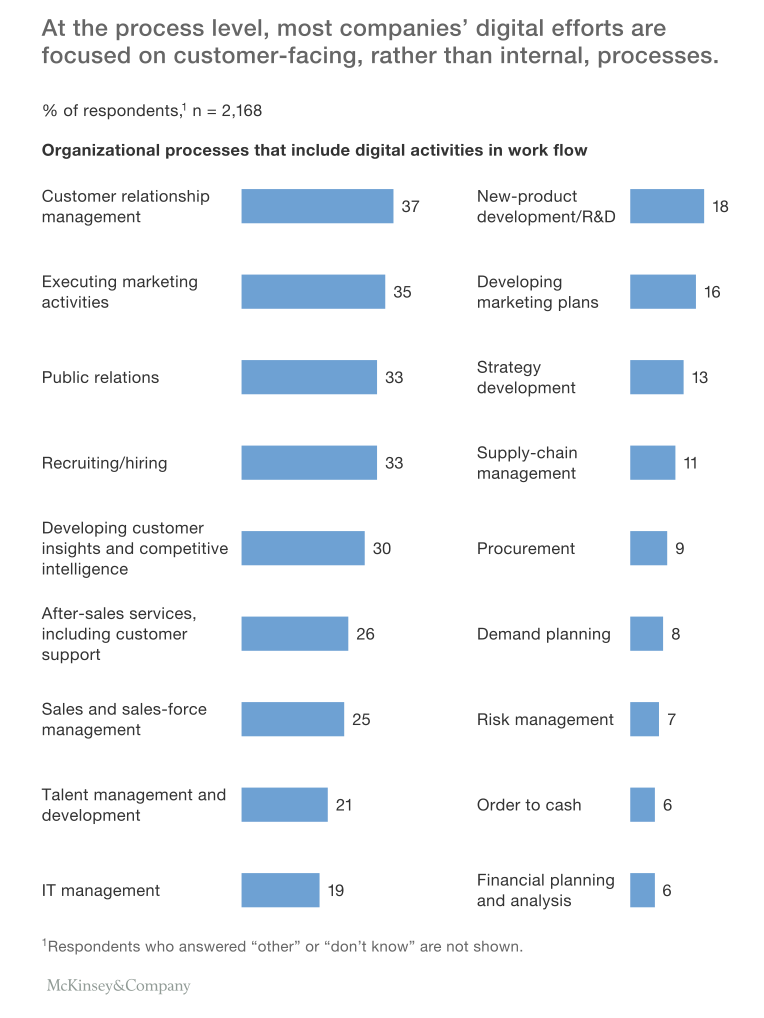
I’m thrilled to introduce Volt MX Go v2.0, an innovative solution that will transform your Domino apps in half the time, risk, and cost of a total rewrite.
We recognize the enduring power of the Domino platform. In fact, 40% of the Fortune 500 companies remain loyal Domino customers, and its v14 release in December 2023 demonstrates its continued relevance and HCL’s commitment to its customers and innovation.
In v12.0.2, we provided multiple ways to modernize apps, such as through Restyle, Domino REST APIs, and Nomad. Volt MX Go serves as a complementary approach containing the best of Domino and Volt MX, our industry-leading low-code platform. You can now do even more with your Domino apps, such as extending them with multiexperience capabilities, from mobile to wearables, and incorporating cutting-edge technology such as AI chatbots – all without the fear of disruption. Read our official statement here.
With Volt MX Go, we’re also offering customers on Domino v9.0.x and v10.0.x (going out of support in June 2024) another pathway for their modernization projects.
Transforming your apps with Volt MX Go v2.0
Check out my short video explaining the benefits of Volt MX Go.
What’s special about Volt MX Go
What sets Volt MX Go apart is our experience and expertise in both the Domino and Volt MX platforms. The proprietary technology available only with Volt MX Go incorporates a powerful translation engine that automates up to 60% of the labor required to extend Domino apps. With Volt MX Go, developers can reuse your existing app’s data and business logic — so no time-consuming rewrites.
Furthermore, our solution allows you to both reuse your app’s existing Domino application logic and to code in modern scripting languages like JavaScript, expanding your access to available developer resources and capabilities.

Notable features in the latest release
This release of Volt MX Go brings you a host of exciting features designed to streamline your app transformation process. Key highlights include the Domino Adapter, First Touch Experience, Design Import, and VoltFormula. Get more details about the features in this knowledge article.
Get started with Volt MX Go. Today.
If you’re ready to unlock the full potential of your Domino apps, you can purchase Volt MX Go today. Please contact our team to discuss your needs and how we can help you on your app modernization journey. We also offer comprehensive lab services, such as app assessments to identify Volt MX Go candidate apps, and installation.
Additionally, you can explore new app development possibilities by signing up for a free account to experience Volt MX firsthand.
With Volt MX Go, we are committed to your investment in the apps that run your business and providing new ways to build differentiating experiences to grow your business.









